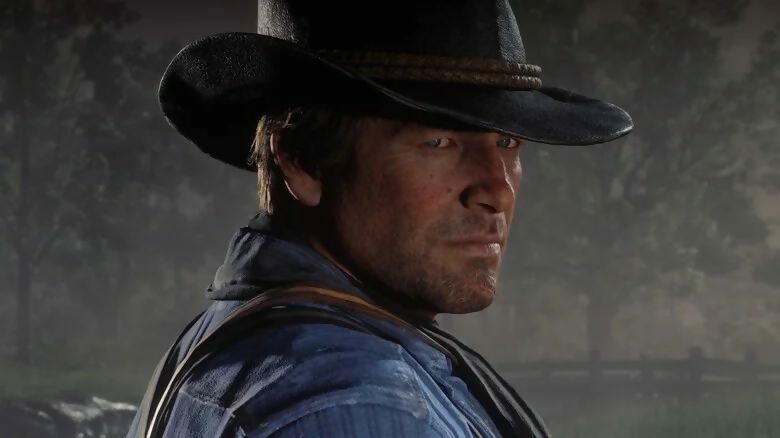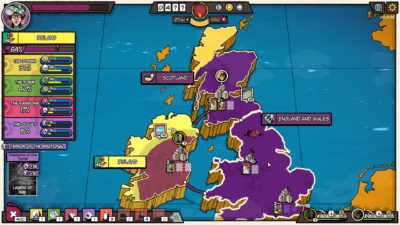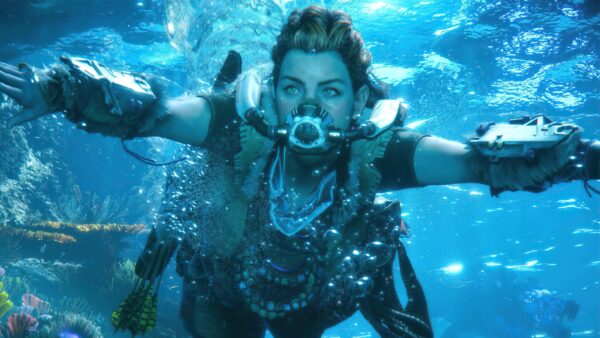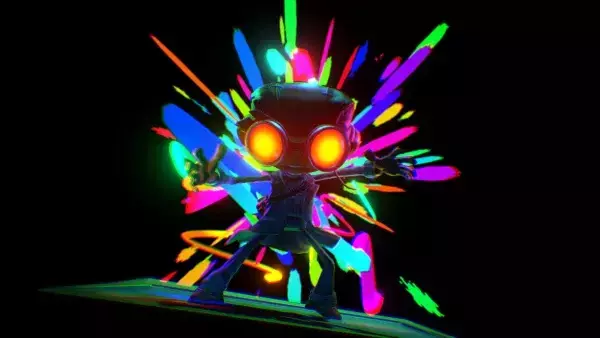
When I began writing, I often encountered approaches to developing dramatic characters which resembled form-filling. For example, one of the more popular instructional books on game writing is The Game Narrative Toolbox. In it, there’s an exercise where the reader creates characters by populating a 40-field template, filling in sections such as ‘Attitude Toward Law’, ‘What Makes Them Laugh’, and a catch-all titled ‘Character Development’. Another version of this is a ‘Needs vs Wants’ approach, in which every character must have a set of innate needs which is opposed by their aspirations (although other interpretations exist). This is intended to create inner conflict, and it does. But the problem with both exercises as I understand them is this: writing isn’t about filling blank pages; it’s about filling them effectively. It’s knowing which inner conflicts will be intriguing, and about designing characters who, by exploring common themes, are more than the sum of their parts.
When I used these approaches, I also often felt that there were aspects of personhood being left by the wayside, falling between the gaps between needs and wants, so I felt that it couldn’t be the whole story. For example, when the exercise is to produce a contrasting list of needs and wants, we immediately miss off examples where, in real people, they have needs and wants which already align. After all, if a person existed whose inner needs and inner wants were completely exclusive of each other, they really wouldn’t function at all, they’d be constantly torn over the smallest things. And then consider Red Dead Redemption 2’s Arthur Morgan: is his allegiance to his outlaw family a want or a need? Isn’t it both? And what about his desire to morally redeem himself once he realises he’s dying? Is that a want, a need, or both? I’d say it’s much more complex than that.

Gurus are helpful, but take with a pinch of salt: long term, no one else’s methodology will work perfectly for you.
Instead, the character creation process I’ve developed is to invent two extreme, whole versions of them, then see what’s in the middle. To explain, I think that at any one time, a real person contains three versions of themselves, a model I’ve loosely plundered from Freudian theory of mind. We have our subconscious self (id), the part of us that has habits, tics, vague preferences, and emotions. It’s the version of us we would be if we surrendered all thought and simply acted as what people call their ‘true’ self. Then we have our idealised self (superego, roughly), which is the version we wish to be. This person is a hero or protector, a true artist, or contented, or close with nature, a hermit, or whatever it may be. We are not this person, but it’s who we strive to be, who we’d be if we could design our lives from the outside like a Sim. Then, in my mind, there’s the bit in the middle (ego), which is the person we actually are. It’s torn from pillar to post, a compromise, the seat of our inner struggles. Our nature drags us toward id, our rationality drags us toward superego, and our circumstances drag us into reality. We end up using our minds to suppress some habits, emotions, etc., though we surrender to others. But we also use our minds to attempt to be idealised, though we can never achieve it, and some parts of that dream-like self we cut our losses and ignore; I’ll never win that Oscar my idealised self possesses.
So when I think about a new character, I often try to dream up an animalistic id of who they really are when nobody, not even themselves, is watching. This has needs, wants, habits, preferences, and irrationalities, all of which may or may not be consistent with each other. Then I’ll construct an idealised superego, who they would be if they had infinite energy and willpower to determine their own life. This also has needs, wants, habits, and the rest, and may also not be consistent or realistic. Like Saul Goodman, this person might in a day spend ten hours as a genius conman, ten hours saving lives with proper lawyering, get a full eight hours sleep, and never burn out. Inconsistent, unrealistic, multitudinous. Most importantly, I’ll dream these up with the piece’s core themes and topics in mind, ensuring each ‘self’ engages with them.

Breaking Bad’s Hector: power and impotence. His superego is a drug god, his id rash and ineffectual, battling inside an uncooperative body. Dramatic character perfection.
At this point, I’ll get a clear idea of what this person’s key conflicts and arcs will be, by simply, empathically, reconciling these two extreme selves. Who is the person once you factor these opposing selves in, plus: the rat race, their job, existential anxiety, living in a fantasy/horror-genre world? This part is 95% intuition and empathy, asking myself: ‘Who would I be if I lived in that world and had these two people in my head?’, then writing down the answer. Unfortunately, this is difficult to capture in breezy, approachable documentation for your team’s benefit. A list of needs and wants that sometimes but not always clash is still handy shorthand, then, as might a clear answer to a character’s ‘Attitude Toward Law’. But it’s more important to clearly write, in personal language, who this person is to you, and who those two inner versions of themselves are, and then provide an exemplar (a short story told to show your team who the character is – see my column in issue 62).
Now, every writer must arrive at their own methodology. This job’s more magic than science, and whatever story-summoning ritual makes sense to you, do it. But when creating characters, it seems to me that one’s interpretation of any technique must centre psychological depth and a meaningful, not arbitrary, core set of conflicts.
NEEDS VS NEEDS
Luke Skywalker begins A New Hope both needing and wanting to be part of something bigger than himself, such as the Rebellion, and the only reason he isn’t is because he also both needs and wants his family. Taken literally, a needs vs wants approach implies that there’s no conflict between different needs, for example, but as we see in Luke, he begins the story needing both connection to family and adventure, which are mutually exclusive. External forces intervene, but if they hadn’t, he would have had to face this inner need-conflict eventually.





